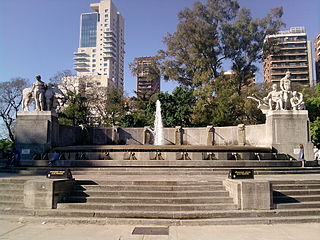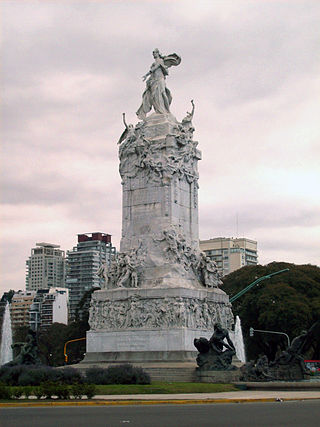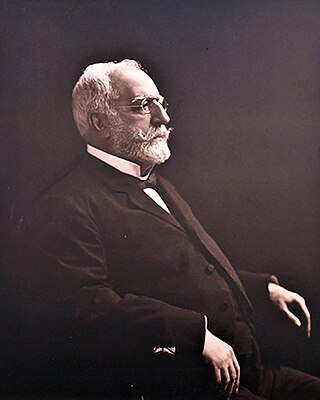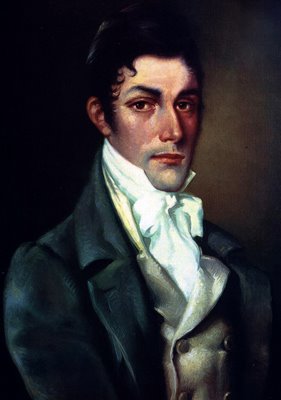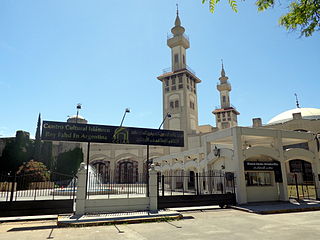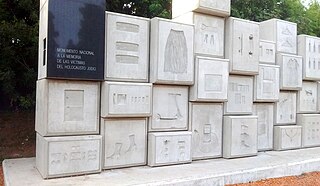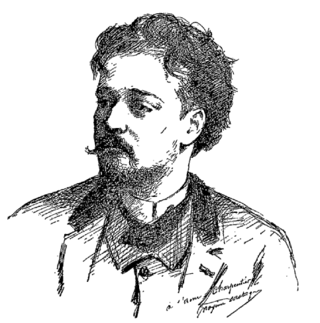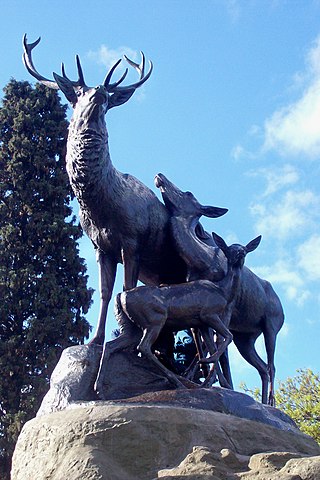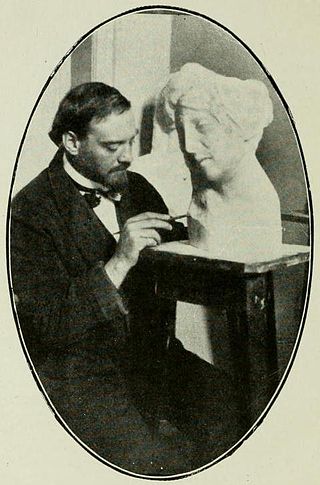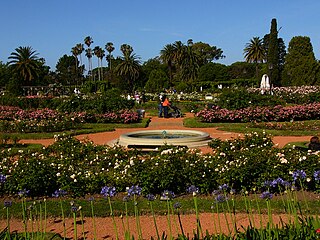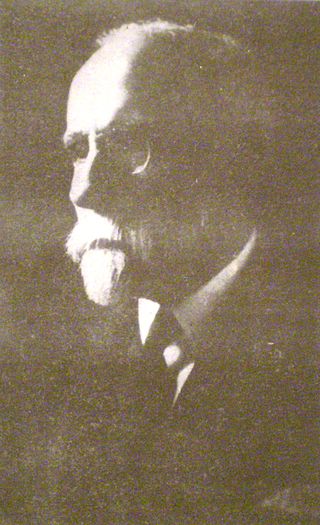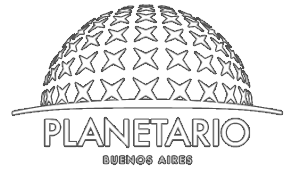Self-guided Sightseeing Tour #2 in Ciudad Autónoma de Buenos Aires, Argentina
Legend
Guided Free Walking Tours
Book free guided walking tours in Ciudad Autónoma de Buenos Aires.
Guided Sightseeing Tours
Book guided sightseeing tours and activities in Ciudad Autónoma de Buenos Aires.
Tour Facts
5.7 km
173 m
Experience Ciudad Autónoma de Buenos Aires in Argentina in a whole new way with our free self-guided sightseeing tour. This site not only offers you practical information and insider tips, but also a rich variety of activities and sights you shouldn't miss. Whether you love art and culture, want to explore historical sites or simply want to experience the vibrant atmosphere of a lively city - you'll find everything you need for your personal adventure here.
Individual Sights in Ciudad Autónoma de Buenos AiresSight 1: Buenos Aires Japanese Gardens
The Buenos Aires Japanese Gardens are a public space administered by the non-profit Japanese Argentine Cultural Foundation in Buenos Aires, Argentina. They are among the largest Japanese gardens in the world outside Japan.
Sight 2: Plaza Alemania
Plaza Alemania is a square located in Palermo Chico, an area of the Palermo neighborhood of Buenos Aires, Argentina. It houses the monument-fountain of Argentine Agricultural Wealth, which the German community gave to the Argentine people on the occasion of the celebration of the Centennial of the May Revolution. The monument has a longitudinal extension of more than 25 meters and has enormous figures that represent agriculture, livestock, and the cultural imprint of Germany in Argentina.
Sight 3: Monumento de los Españoles
The Monument to the Carta Magna and Four Regions of Argentina is located in the intersection of Del Libertador and Sarmiento Avenues, a landmark site in the Palermo, a neighbourhood of Buenos Aires, Argentina. It is commonly referred to as the Monument of the Spanish.
Wikipedia: Monument to the Carta Magna and Four Regions of Argentina (EN)
Sight 4: Juan Manuel de Rosas
Juan Manuel León Ortiz de Rozas was an Argentine politician. He was the grandson of the famous governor of Buenos Aires, Juan Manuel de Rosas, and was also Governor of Buenos Aires for a few months during 1913.
Sight 5: Plaza Martín de Alzaga
Martín de Álzaga was a Spanish merchant and politician during the British invasions of the Río de la Plata.
Sight 6: Franklin Delano Roosevelt
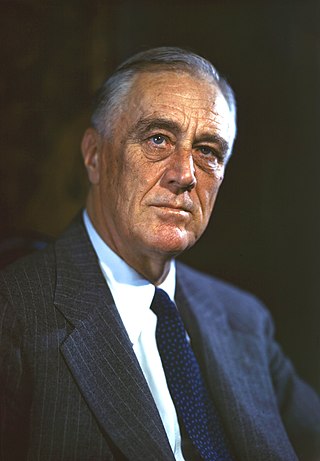
Franklin Delano Roosevelt, commonly known by his initials FDR, was the 32nd president of the United States, serving from 1933 until his death in 1945. The longest-serving U.S. president, he is the only president to have served more than two terms. His initial two terms were centered on combating the Great Depression, while his third and fourth saw him shift his focus to America's involvement in World War II.
Sight 7: Centro Cultural Islámico Rey Fahd
Other options The Islamic Cultural Center "Custodian of the Two Holy Mosques King Fahd in Argentina" is a mosque and center for Islamic culture located in Buenos Aires, Argentina. It is named after King Fahd of Saudi Arabia.
Sight 8: Monumento Nacional a la Memoria de las Víctimas del Holocausto Judío
The national monument to the memory of the victims of the Holocaust, by the architects Gustavo Nielsen and Sebastián Marsiglia, is located in Plaza de la Shoá of the City of Buenos Aires.
Wikipedia: Monumento Nacional a la Memoria de las Víctimas del Holocausto Judío (ES)
Sight 9: Paseo de los Justos
Righteous Among the Nations is a title used by Yad Vashem to describe people who, for various reasons, made an effort to assist victims, including Jews, who were being exterminated by Nazi Germany during the Holocaust. The term originates from the concept of ger toshav, a legal term used to refer to non-Jewish observers of the Seven Laws of Noah.
Sight 10: La última canción de una cigarra
Félix Charpentier was a French sculptor. His work was part of the sculpture event in the art competition at the 1924 Summer Olympics.
Sight 11: Familia de Ciervos
Family of deer, also called Group of deer or Deer, Doe and Fawn, or Deer, refers to two animal groups sculpted in 1908 by Georges Gardet (1863-1939), of which there are at least three examples: in Buenos Aires in Argentina, in Nantes and in Sceaux in France.
Sight 12: Museo de artes plásticas 'Eduardo Sívori'
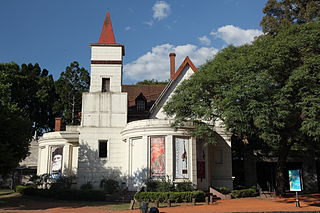
The Eduardo Sívori Museum of Plastic Arts is a municipal art museum in Buenos Aires, Argentina. It was named after painter Eduardo Sívori and was inaugurated in 1938.
Sight 13: Flor de Juventud
Pedro Zonza Briano was an Argentine sculptor.
Sight 14: Paseo El Rosedal
The Rosedal de Palermo, also called Paseo del Rosedal, is a traditional park located in the Palermo neighborhood of the city of Buenos Aires that is part of the complex known as Parque Tres de Febrero. In its 3.4 hectares it has 18,000 rose bushes and numerous works of art are located, including 26 busts of poets and writers, a Greek bridge and an Andalusian courtyard.
Sight 15: Ofrenda floral a Sarmiento
The Floral Offering to Sarmiento is a high relief on marble made in 1915 by the Frenchman Émile Peynot that represents the famous Argentine statesman Domingo Faustino Sarmiento receiving flowers from a group of children.
Sight 16: Paul Groussac
Paul-François Groussac was a French-born Argentine writer, literary critic, historian, and librarian.
Sight 17: El beso
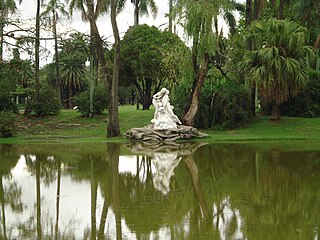
The monument "The Kiss" is located in the Palermo neighborhood in the city of Buenos Aires, Argentina, within the "El Rosaedal" Park.
Sight 18: Monumento a Justo José de Urquiza
The Monument to Justo José de Urquiza is a sculpture made in his honor, located in the neighborhood of Palermo in the autonomous city of Buenos Aires, Argentina.
Sight 19: Planetario Galileo Galilei
Sight 20: Primer partido de fútbol en Sudamérica
The Buenos Aires Cricket Club Ground was a cricket field in Buenos Aires, Argentina. The ground, located in the Palermo district and property of Buenos Aires Cricket Club, gained historic relevance because the first football and rugby union matches in Argentina were played there.
Share
How likely are you to recommend us?
Disclaimer Please be aware of your surroundings and do not enter private property. We are not liable for any damages that occur during the tours.
GPX-Download For navigation apps and GPS devices you can download the tour as a GPX file.
